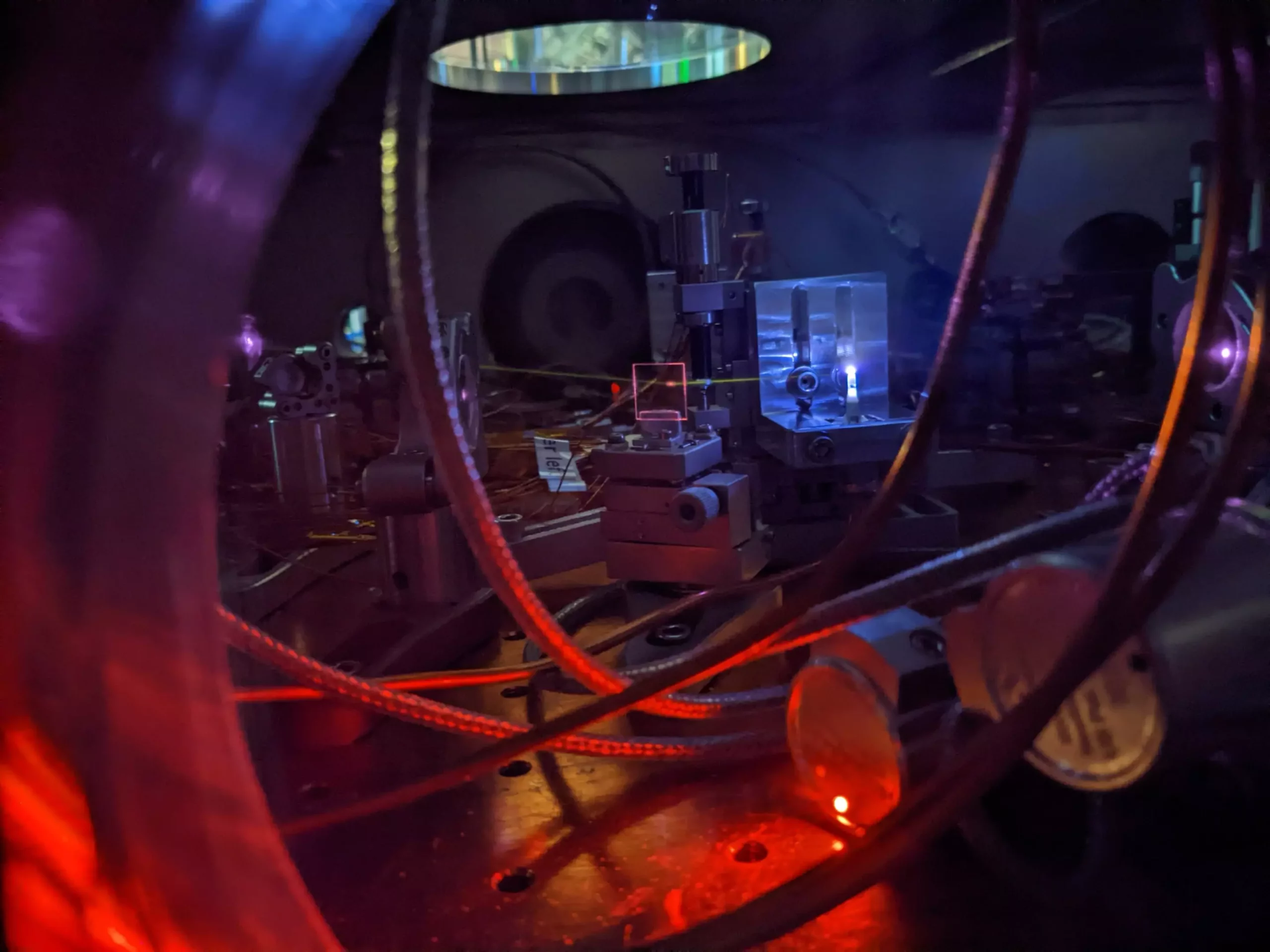In the intricate dance of physics and technology, the emergence of nuclear clocks marks a significant leap forward in our quest to understand and measure time with unprecedented precision. Traditional atomic clocks, the backbone of modern timekeeping, rely on the electron transitions of atoms. However, scientists at JILA, in collaboration with international researchers, have unveiled promising developments in nuclear clocks—devices that utilize the energy transitions within an atom’s nucleus. By tapping into these nuclear transitions, we could soon redefine not just our concept of time but also enhance various technologies that depend on precise time measurement.
The Mechanism Behind Nuclear Clocks
At the heart of a nuclear clock lies a radical approach: instead of measuring the oscillations of electrons, scientists focus on the nucleus—a much more stable realm. This is pivotal as the nucleus, comprised of protons and neutrons, is less susceptible to external influences such as electromagnetic interference. The team from JILA harnessed a sophisticated ultraviolet laser to meticulously determine the frequency of an energy jump in thorium nuclei, embedded within a solid crystal. This jump represents the nuclear version of an electrical switch, revealing the potential to revolutionize how we quantify time.
The use of an optical frequency comb—a tool akin to a precision light ruler—facilitates the accurate counting of the ultraviolet wave cycles needed to initiate these energy jumps. The accomplishment serves as a pivotal advancement, encapsulating the foundational technology required to develop a functional nuclear clock.
The impact of a fully realized nuclear clock extends beyond theoretical discourse; it could reshape various technologies that rely on precise timekeeping. Current atomic clocks drive essential systems like GPS, financial transaction networks, and global communications. Should nuclear clocks fulfill their potential, we could anticipate even greater accuracy in navigation, enhanced internet speeds, and improved security across digital platforms.
Moreover, the implications for scientific research are profound. Nuclear clocks could offer new methods to probe fundamental physics, aiding in the detection of enigmatic dark matter and testing the constancy of nature’s fundamental constants. This could enable tests of pivotal theories in particle physics, diminishing our reliance on sprawling particle accelerators, which are costly and energy-intensive.
The Great Leap from Theory to Practice
While the laboratory demonstration is groundbreaking, it is important to clarify that a fully operational nuclear clock is still on the horizon. The energy jumps required in nuclear transitions, particularly for most atomic nuclei, necessitate high-frequency coherent X-rays, which remain beyond our current technological capabilities. Notably, thorium-229 presents an exception as its nuclear transition requires significantly less energy—allowing for the use of available ultraviolet light.
Despite technological challenges, significant strides have been made. The 1976 discovery of the thorium energy jump laid the groundwork for theoretical considerations since 2003, culminating in the direct observations made in 2016. Remarkably, this latest research achieved a level of precision a million times better than previous measurements, marking a step toward the integration of nuclear clocks into existing timekeeping infrastructures.
The successful demonstration of the core components of a nuclear clock—the thorium-229 nuclear transition, precision lasers, and frequency combs—could herald a new age of portability and stability in timekeeping devices. Envision a compact wristwatch that retains perfect accuracy over billions of years; while this remains an aspiration, the research continues to propel us toward greater levels of precision.
The collaboration involving JILA, NIST, and additional institutions underscores the global nature of this scientific endeavor. With each advancement, the vision of compact and robust nuclear clocks becomes clearer, potentially transforming everyday technologies and our understanding of physical laws.
The journey toward developing nuclear clocks exemplifies the interplay between fundamental research and practical application. As we step closer to realizing this groundbreaking technology, the excitement surrounding the precise measurement of time ignites a broader curiosity about the universe’s workings. In a world governed by time, these advancements could well redefine not only how we keep time but also how we comprehend the very fabric of reality. As researchers continue to push the boundaries of our understanding, the prospect of a new era of timekeeping remains tantalizingly within reach.


Leave a Reply